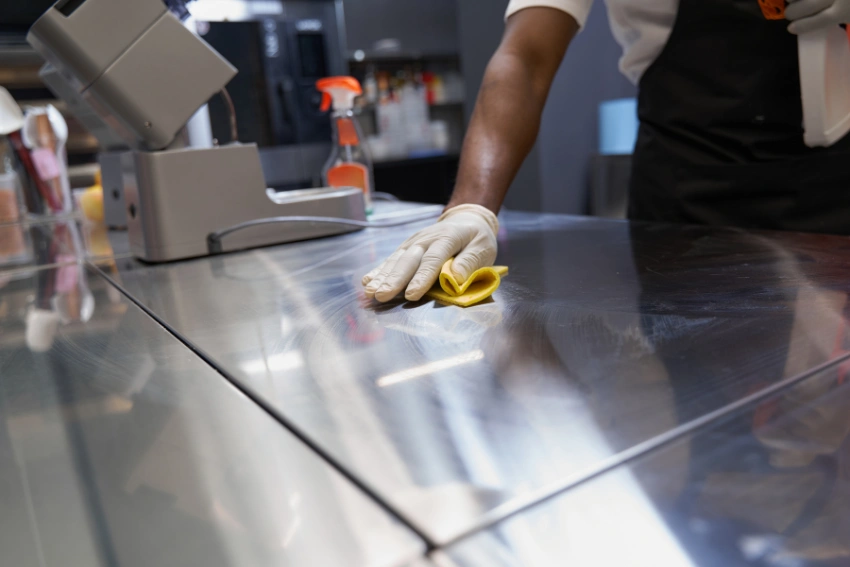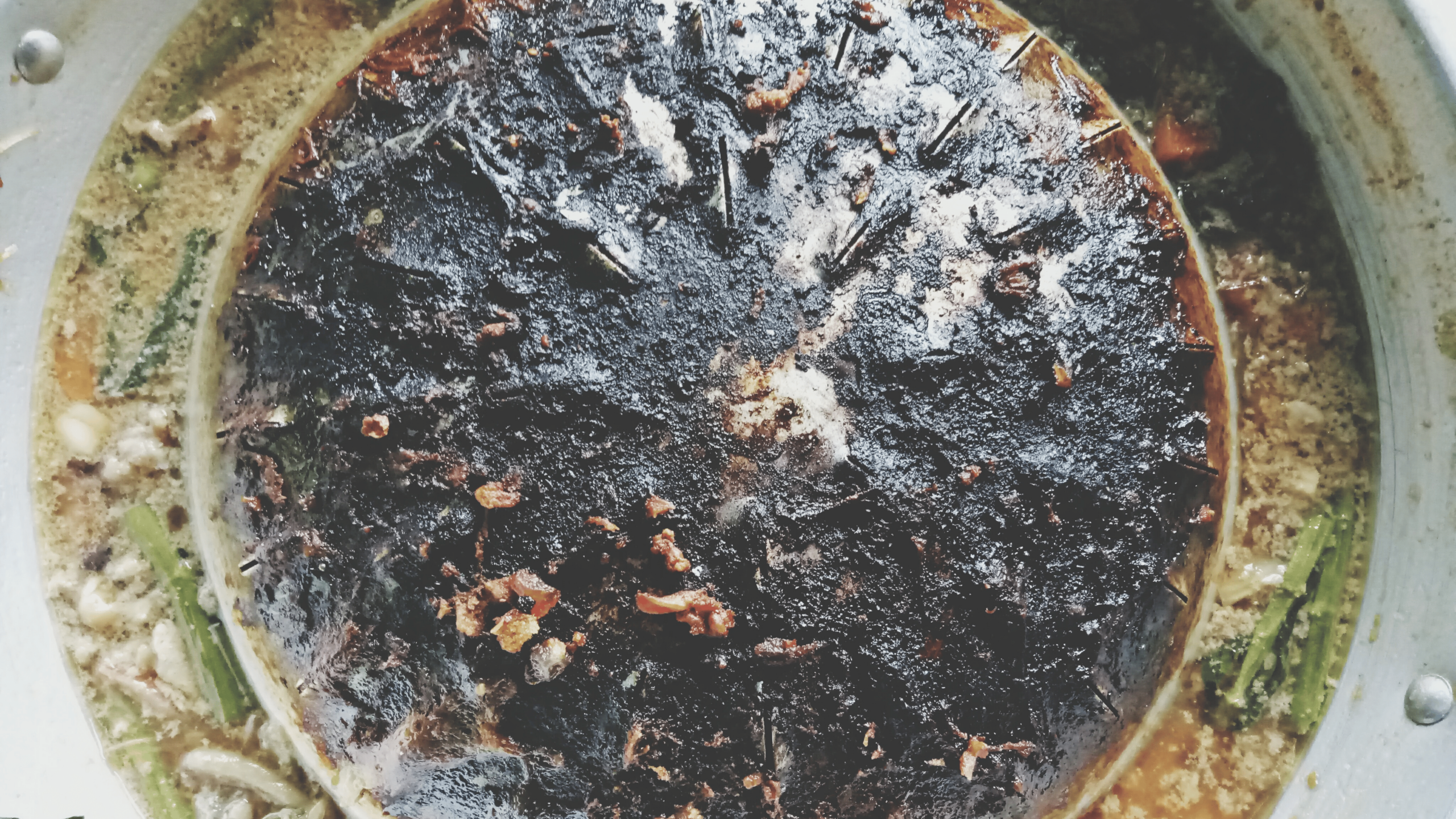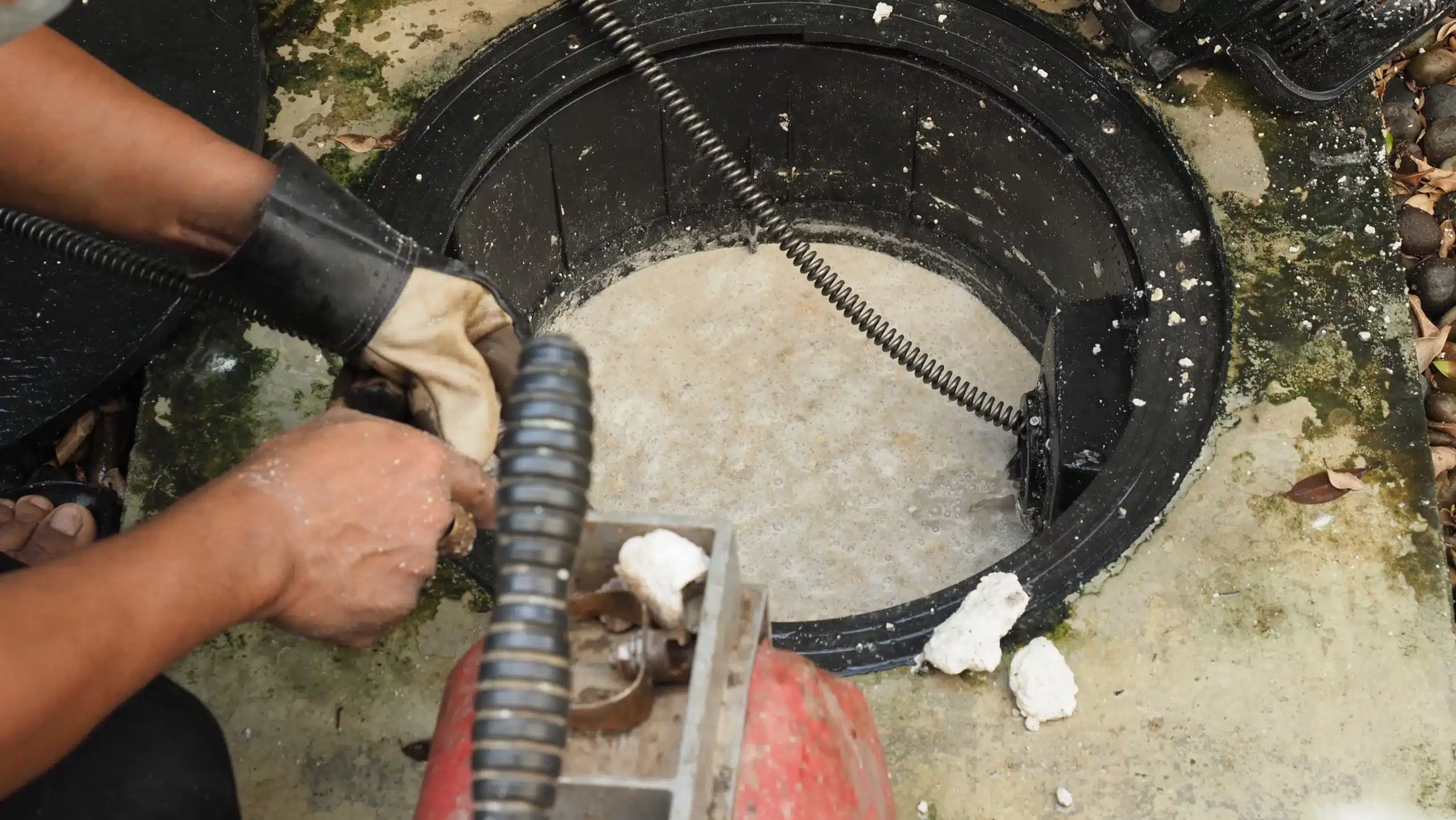
After installing your FOG interceptor to the set standards, you need to ensure proper grease trap cleaning. But then, do you clean it manually, and save the money you would have used to pay a professional grease interceptor maintenance company, or leave it to professionals?
Keep reading. We shall demystify this!
Clean the FOG trap manually? Do you have the following?
It is your grease trap, so you can clean it if you want, but that does not mean it is the best way to go about it. Therefore, before you even entertain the notion of having one of your employees clean the grease tank manually, ask yourself the following critical questions:
1. Do you have the right equipment?
Grease trap maintenance companies vacuum-pump the grease out of the tank, keep it in specialized tankers to transport it to the recycling plants.
A pump will do a more efficient job as compared to using a scoop and a bucket. That is not all because without a wrench, you will not be able to open the cover of the trap. Trying to force it open inappropriately will cause damage, costing more money in repairs and replacement.
Other things that you need to include a gas mask to protect you from the hydrogen sulfide and sulfuric gases that come from the rotting grease.
You also need heavy duty rubber gloves, coveralls, headgear, and a scraper to clean the walls of the FOG tank.
This job can also take a lot of time, especially when the grease layer has solidified. If you had a large one installed, the grease tank cleaning job could take a couple of hours, longer if you don’t have the necessary gear and equipment.
2. Where will you take the grease?
If you DIY clean your grease trap, you will need to dispose of the old grease somehow. Now, it is one thing to store used cooking oil in your premises until it is collected. It is a totally different thing to store grease from the FOG tank because it creates odorous fumes.
Usually, grease trap companies carry the grease for recycling, or to dispose it properly, without violating the regulations.
Some FOG traps can be big, with the common sizes starting at 40, 80, and 120 gallons. For the large ones, the grease content can be too much to pump on a DIY basis.
3. Can you repair the grease trap?
A FOG interceptor has many parts, and with time, they need replacement or repair. The parts include the diffuser baffles, inlet baffle, flow control, outlet baffle, and air intake, to name but a few. These parts degenerate with time, requiring replacement and/or repair.
Only a plumber or a qualified grease interceptor technician can check for wear and tear in these parts. If replacement is necessary, again, expertise is required.
Risks that you face when cleaning a grease interceptor manually
Grease trap cleaning has its risks, and before you even think of cleaning it manually, you need to be aware of the risks involved. Here are some of them:
Grease traps can catch fire easily
Not only can a grease interceptor catch fire easily, but it can also spread fast and can be very hard to contain. For this reason alone, it is just best not to attempt to do it.
It is not just the small indoor grease traps that can catch fire easily in the kitchen, but even the one installed outside can burst in flames. All it takes is a burning cigarette falling into the tank, and it starts a nasty fire.
Grease catches fire in the oven or in the cooking pots and pans. In the same way, if poorly handled, grease trap contents can catch fire easily, and spread it to the rest of the business.
You can spread microbes to the food
The FOG interceptor is a microbe breeding ground, and salmonella and E.coli bacteria thrive in such places. If these bacteria find their way into your food, they can cause cholera and gastrointestinal tract infections among employees and customers.
All it takes is a mishandling of the content from the FOG tank, and you could be facing the closure of your business, and mass action lawsuits.
Indoor grease tanks can pose a higher threat of spreading bacteria to your kitchen. However, it is also possible to carry germs from the outdoor trap to the kitchen, if you task one of your kitchen employees with the FOG interceptor maintenance job.
It will be more expensive in the long run
Cheap is definitely expensive, and damaging the most vulnerable parts such as the gasket is hard to avoid if you are not experienced at cleaning grease traps.
And what about the drain pipes health, as with time, food and materials attach to the walls requiring line-jetting to dislodge them?
Whichever way you look at DIY grease interceptor maintenance, the risks are simply too many.
Grease interceptor cleaning is complicated
This is not a simple job. First, it requires you to assess the quantity of the grease, and after pumping the FOG layer out, you need to remove the water so that you can clean the trap.
Cleaning it involves scrapping the walls to remove any stuck grease. It also involves using high pressure jets to enhance the water flow rate from the sink. Using hot water can also help to melt any fats and oils that may have gotten stuck inside the pipes.
When you clean the FOG interceptor, you not only improve the efficiency of your business, but you also want to keep your business compliant. This is why you have to treat this job with the seriousness that it deserves.
Efficiency vs cost comparison
DIY grease tank maintenance can save money. On the flip side, no matter how carefully it is done, DIY cleaning will never be 100% effective, and the risk of damaging some parts of the trap is simply too high.
Besides, for a busy restaurant, taking your kitchen employees off their work to clean the FOG trap can leave the chef shorthanded. Besides, using the same employees again to handle food can spread germs to your food.
There are personal injury risks, you know, like an employee slipping on the grease and falling.
Wrapping it up
If you want efficiency and risk-free grease interceptor maintenance, go professional! Among the benefits that you will enjoy include compliance, and safety!
Besides, hiring a professional grease trap service provider ensures your employees are not put at risk of personal injury.
If a technician is injured in your restaurant during the FOG emptying and cleaning, you will not be liable for them. They are covered by their employer’s insurance.
Call us today for a full grease tank emptying, haulage and disposal service. We will handle the dirty so that you can handle the money.
Like clockwork, we will never let your FOG interceptor hold more than 25% of grease, as we will keep to a regular cleaning schedule.
Read More: 5 Reasons to Schedule a Grease Trap Cleaning Today


